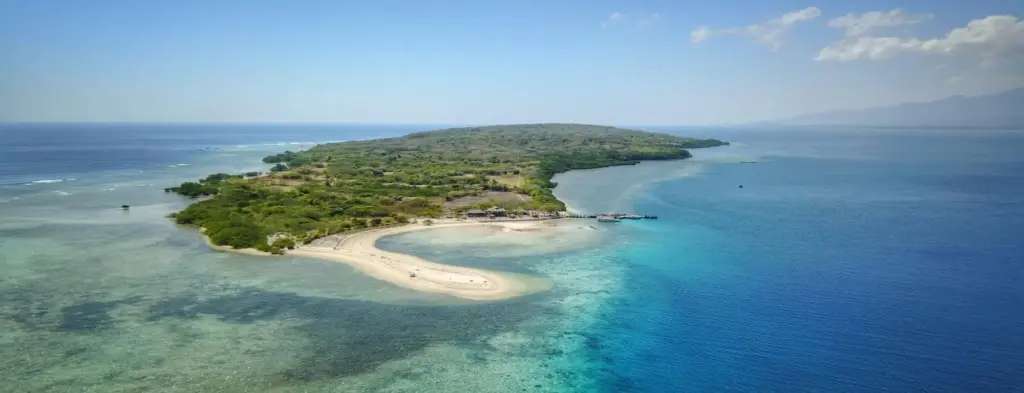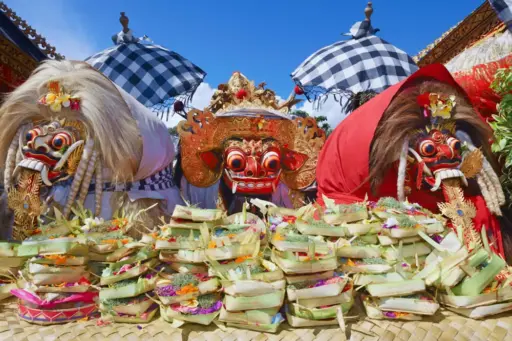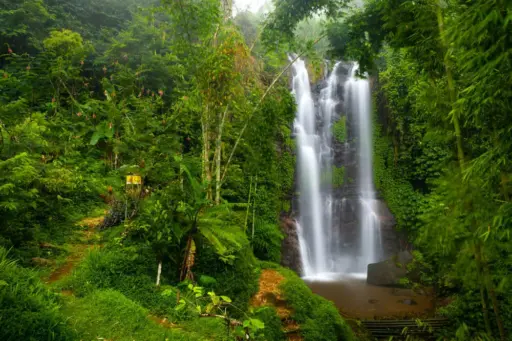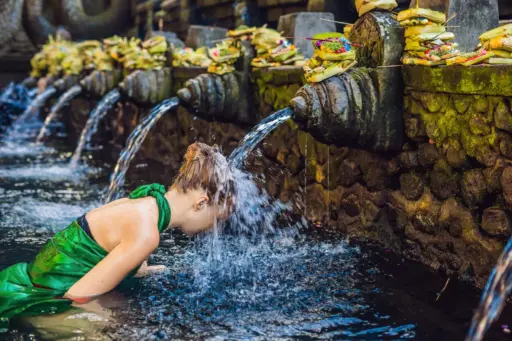An Untouched Corner of Bali
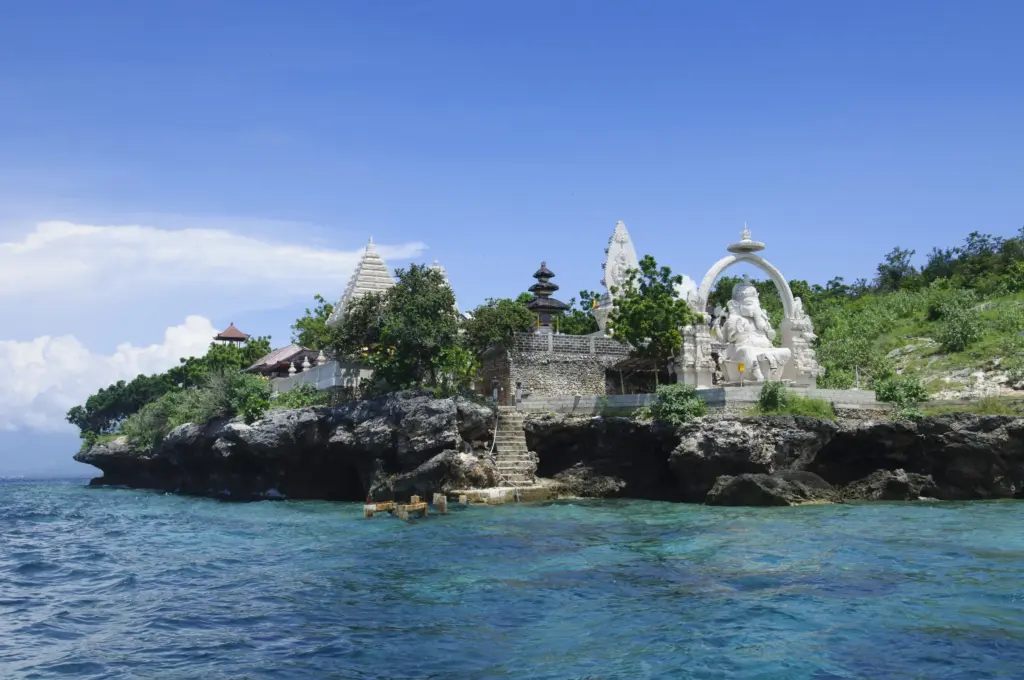
When most travellers picture Bali, they think of rice terraces, temples, and beach clubs. Few imagine mangrove forests, rare birds, and reefs so pristine they look like an aquarium come to life. On the island’s far northwest tip lies West Bali National Park – the island’s largest protected area – and just offshore, Menjangan Island, one of Indonesia’s top snorkelling and diving spots.
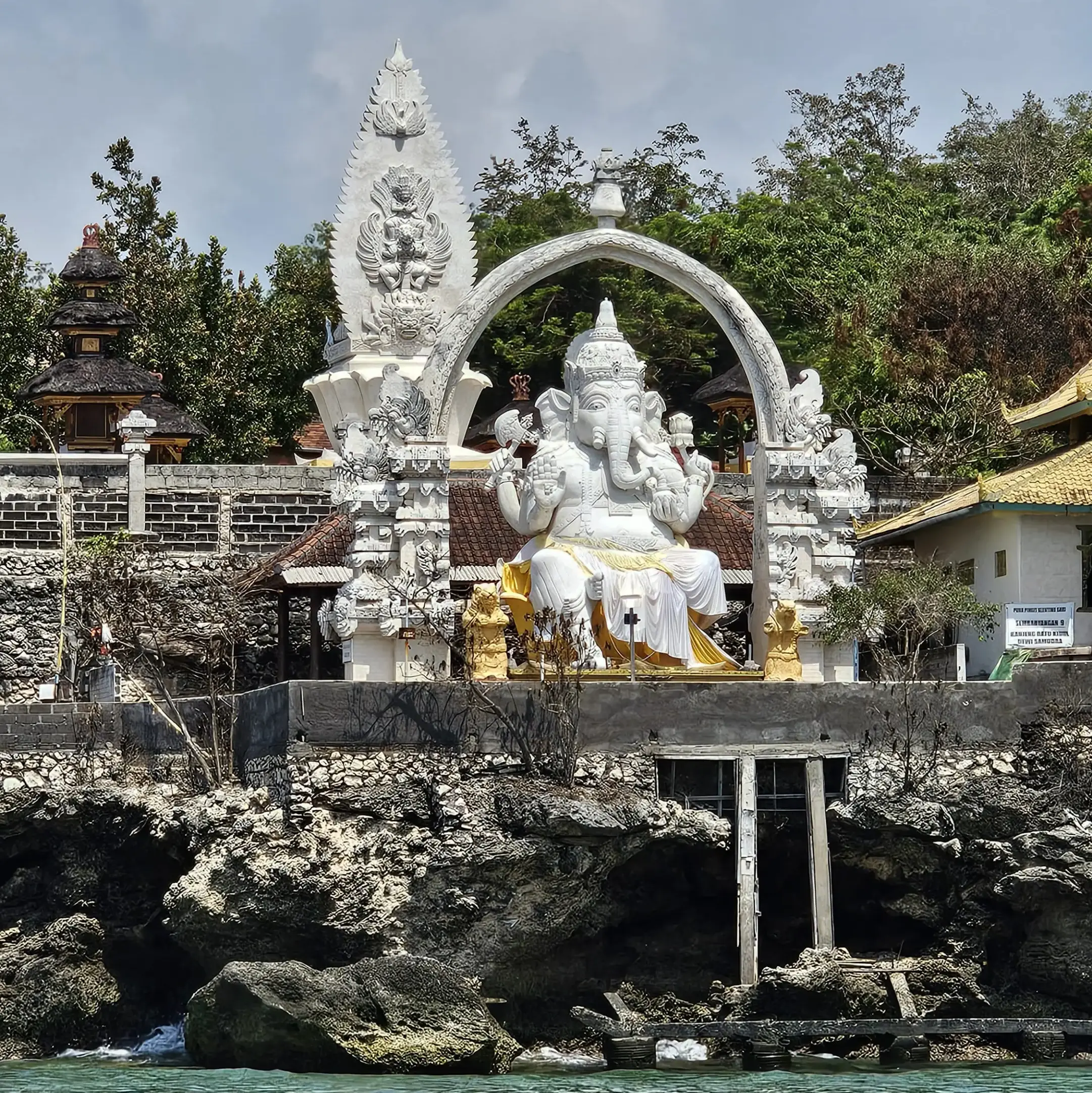
This region feels far removed from the busy tourist trail. It is a place where nature takes centre stage: deer wander through forest clearings, hornbills call from the canopy, and coral walls drop into blue depths teeming with marine life. For nature lovers, birdwatchers, and underwater explorers, it is one of Bali’s best-kept secrets.
Where Is West Bali National Park?
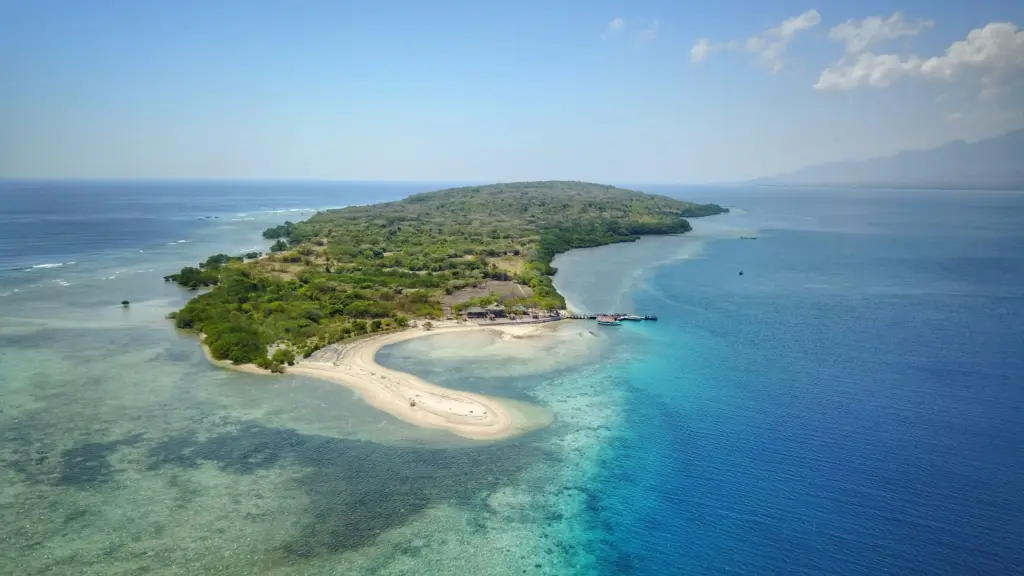
West Bali National Park (Taman Nasional Bali Barat) covers over 190 square kilometres, spanning forests, mangroves, coral reefs, and savannahs. It sits in Buleleng and Jembrana Regencies, bordering the Bali Strait that separates Bali from Java. The gateway towns are:
· Pemuteran: A small coastal village east of the park, popular with divers.
· Gilimanuk: The ferry port to Java, on the park’s western edge.
Travel times:
· From Ubud: 4 to 5 hours
· From Canggu/Seminyak: 4.5 to 5 hours
· From Lovina: 1.5 to 2 hours
Because of the distance from Bali’s south, many visitors stay in Pemuteran to explore the park and Menjangan over two or more days.
The Park’s Diverse Ecosystems
One of the park’s biggest attractors is its variety of landscapes, all within a relatively compact area.
· Monsoon Forests: Dry-season forests where deer and monkeys roam.
· Mangrove Swamps: Vital nurseries for fish and home to waterbirds.
· Savannahs: Open grasslands that turn green after the rains.
· Coral Reefs: Surrounding Menjangan Island, among the healthiest in Bali.
Menjangan Island – the “Deer Island”
A 30 minute boat ride from the mainland brings you to Menjangan Island, part of the park and uninhabited except for deer, birds, and a few small temples.
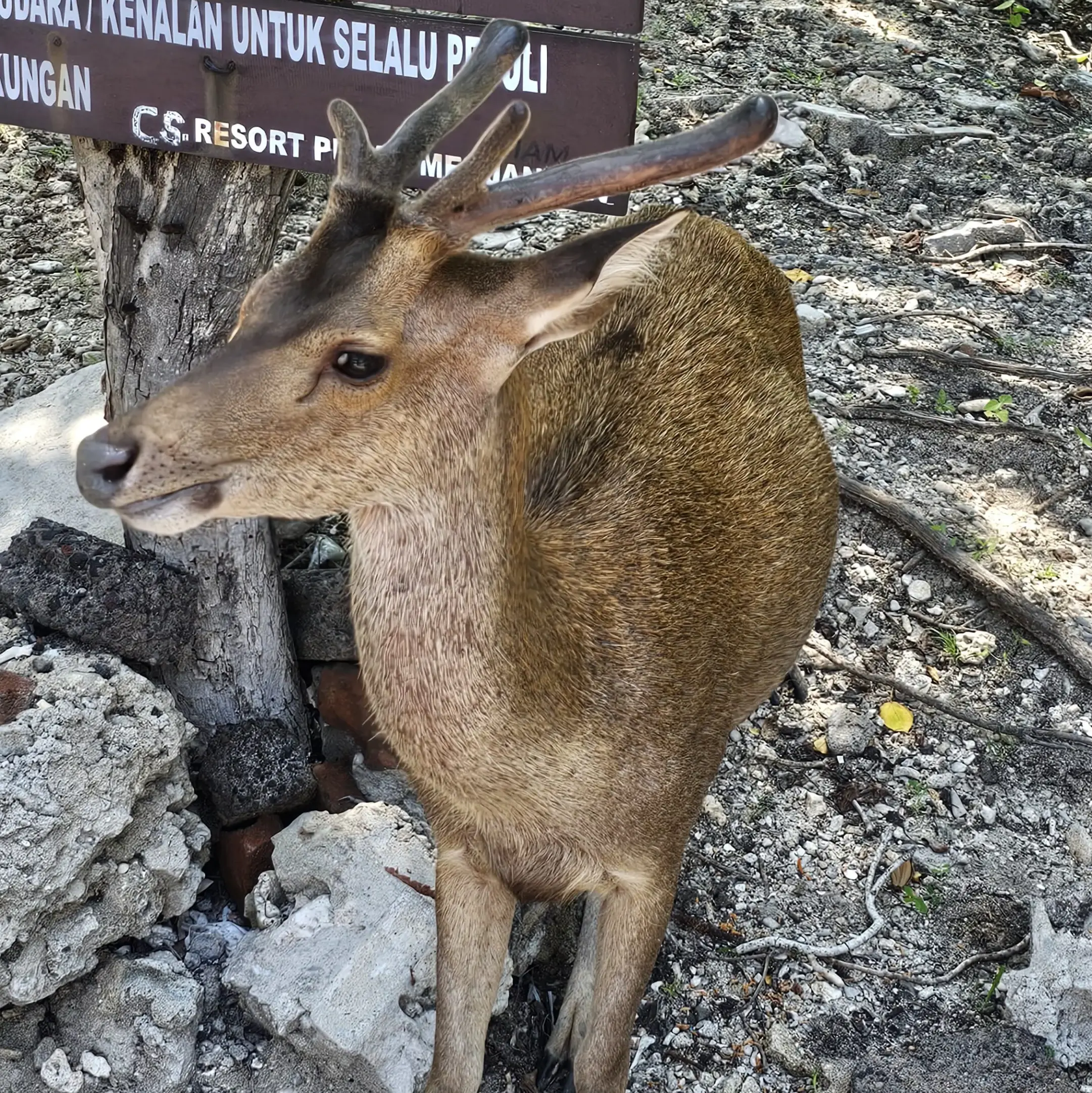
The island’s name means “deer” in Indonesian, and you may spot the Bali Starling deer (actually Javan rusa) grazing near the shoreline. The beaches are white, the waters crystal-clear, and the reef walls drop away dramatically just a few metres from shore.
Things to Do in West Bali National Park
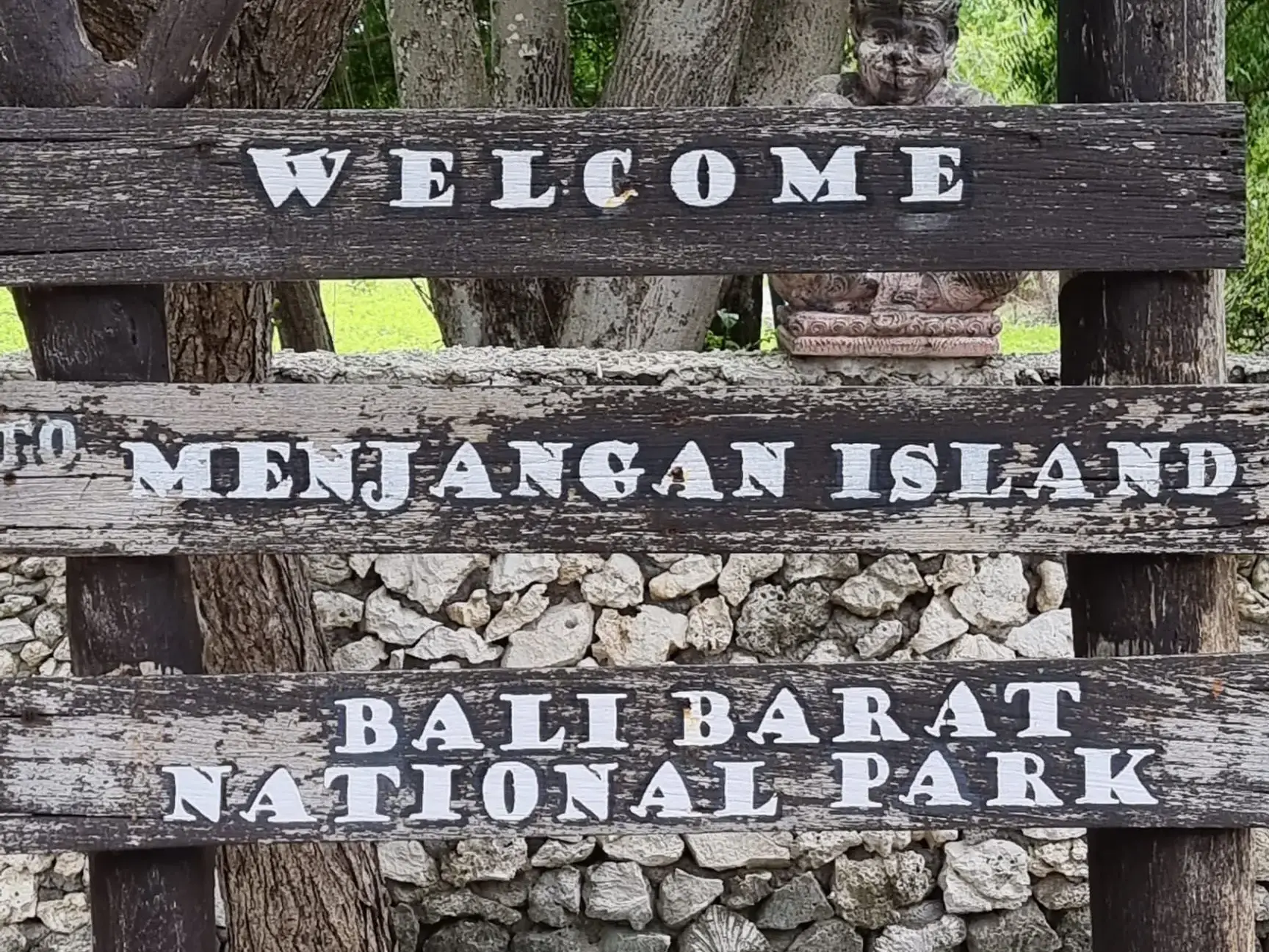
Snorkelling at Menjangan Island
The coral here is exceptional: bright, healthy, and full of life. Common sightings include angelfish, butterflyfish, parrotfish, and even reef sharks. Popular snorkelling sites include:
· Pos 1 and Pos 2: Gentle slopes with coral gardens, great for beginners.
· Coral Garden: Vibrant reef with large table corals.
· Eel Garden: Sandy slope dotted with garden eels and sea fans.
Visibility can reach 30 metres in dry season, making it one of the clearest spots in Bali.
Diving the Walls
Menjangan’s walls are famous among divers for their vertical drop-offs covered in soft corals, sponges, and sea fans.
· Depth: 10 to 40 metres.
· Highlights: Pygmy seahorses, turtles, schools of fusiliers.
· Conditions: Calm year-round, suitable for all experience levels.
Birdwatching
West Bali National Park is the last natural refuge of the Bali Starling, one of the rarest birds in the world. Other residents include black-winged starlings, hornbills, kingfishers, and sea eagles. The best birdwatching spots are along the park’s forest trails in the early morning.
Trekking and Nature Walks
Guided treks range from short 1 or 2 hour walks to full-day hikes across different habitats. Routes may include:
· Mangrove boardwalks near Gilimanuk.
· Savannah trails with deer and wild cattle sightings.
· Hilltop viewpoints overlooking Java and the Bali Sea.
Kayaking and Coastal Exploration
In Pemuteran, you can rent kayaks or join guided tours into the mangroves. This is a peaceful way to see birdlife and explore shallow waters without disturbing the environment.
How to Visit Menjangan Island
All visits require a park permit, which is included when booking with a licensed tour operator. Tours typically include:
· Transport to Labuan Lalang harbour.
· Boat to Menjangan (25-30 minutes). Boats can be hired on share or private basis.
· Snorkelling or diving gear.
· Park fees and guide.
Where to Stay
· Luxury: The Menjangan – An eco-resort inside the park with forest rooms, beach villas, and a dedicated dive centre.
· Mid-Range: Adi Assri Beach Resort & Spa (Pemuteran) – Beachfront with multiple pools and an on-site dive shop.
· Budget: Molas Homestay – Simple, clean rooms near Pemuteran beach, run by a welcoming local family.
Where to Eat
Most dining options are in Pemuteran. Many resorts have restaurants open to non-guests.
· Frangipani Bar & Restaurant: Indonesian and Mediterranean dishes, vegetarian-friendly.
· Warung Kadek Merry: Local seafood and grilled dishes at good prices.
· Tirta Sari Restaurant: Known for Balinese classics like ayam betutu.
Best Time to Visit
Dry Season (April to October): Best visibility underwater (up to 30 metres), calm seas.
Wet Season (November to March): Greener landscapes, fewer visitors, but visibility drops slightly.
Mornings are generally calmer for boat trips.
Travel Tips
· Cash: Bring enough for your stay; there is no reliable ATM in the park area.
· Gear: Reef-safe sunscreen, snorkel/dive mask, water shoes.
· Wildlife Etiquette: Keep a respectful distance from animals and never feed them.
· Guides: Always use licensed park guides – required for all treks.
Suggested 2-Day Itinerary
Day 1
· Morning: Arrive in Pemuteran.
· Afternoon: Kayak in the mangroves or short park trek.
· Evening: Sunset on Pemuteran beach.
Day 2
· Early morning: Boat to Menjangan Island.
· Snorkelling or diving at two to three sites.
· Picnic lunch on the beach.
· Return to Pemuteran for an evening drive to your next destination.
Combining with Other Destinations
· Lovina: Just over an hour away; pair with dolphin-watching.
· Munduk: Cool highlands and waterfalls before heading to the coast.
· Java: From Gilimanuk, ferries run to Banyuwangi – gateway to Ijen Crater.
Why This Area Is Special
West Bali National Park protects some of the last wild spaces on the island. Here, tourism coexists with conservation – park fees directly support protection of endangered species like the Bali Starling and preservation of the coral reefs. For travellers looking for a side of Bali that is peaceful, wild, and deeply rewarding, this is it. Wander Beyond Ordinary!
